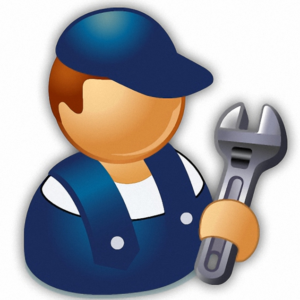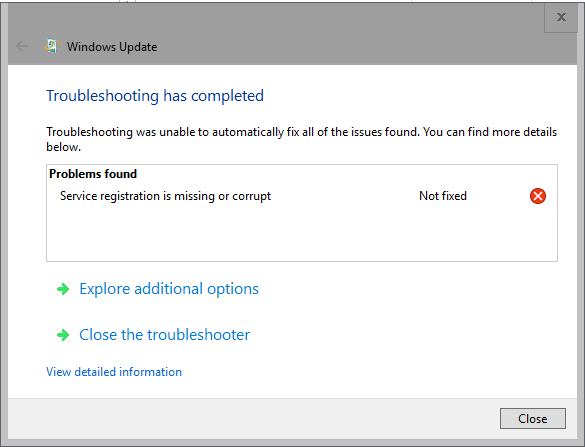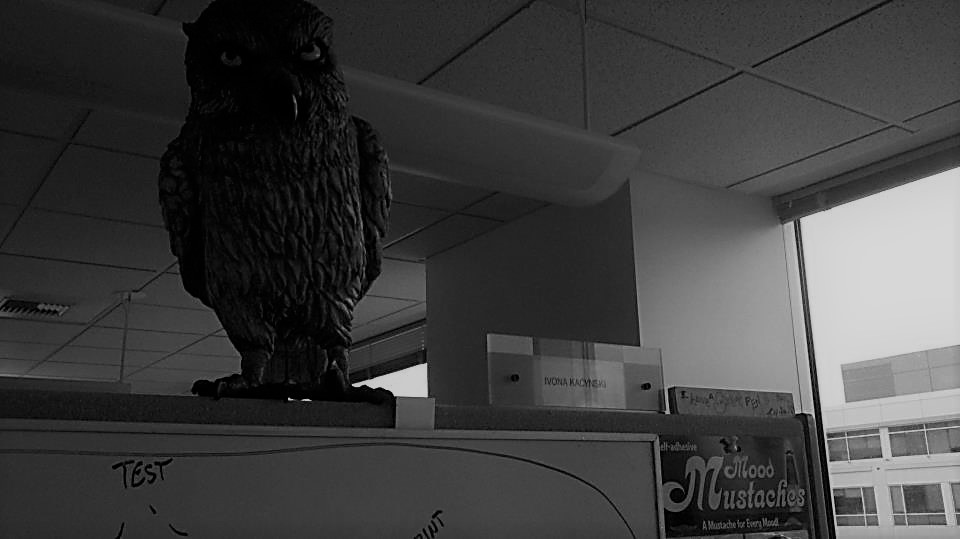 Soon after Surface, one of my colleagues from Surface Labs invited me to join the Microsoft Consumer Services and Support group as…a Technology Evangelist. This role might seem a bit out of place for a cost center. Some explaining follows…
Soon after Surface, one of my colleagues from Surface Labs invited me to join the Microsoft Consumer Services and Support group as…a Technology Evangelist. This role might seem a bit out of place for a cost center. Some explaining follows…
I worked for the Consumer Windows Online Support Development Team (CWOSDev) a.k.a. Consumer Support Automation Team for Microsoft Consumer Services and Support a.k.a. Windows Automation Team. I am not sure how many times the name changed over the course of numerous re-orgs in my time there. To be honest, I don’t remember what the name really was when I left. I’m pretty sure that I worked for CWOSDev most of the time.
As a small cost-deflection branch of a cost center, we built troubleshooters for people using Windows, Office, Skype, Skydrive (now OneDrive), and the new Surface. Many of the troubleshooters were known as Fix-Its (see the Fix-it guy above) and were attached to popular KB articles; we also maintained the troubleshooters that ship as part of Windows.
Microsoft had developed Windows Troubleshooting Platform to make it easy for people to fix computer problems automagically:
Help from documentation, friends, communities, and support professionals have all played a part in allowing people to get past the problems they face with a computer. Not enough investment has gone into making it easy to automate fixing computer problems. Windows Troubleshooting Platform was developed to address this specific area and to make it easy to automate fixes to computer problems in an easy, consistent, secure, and user-friendly way.
A good troubleshooting experience will increase customer satisfaction and decrease support calls, because it allows users to fix problems directly.
Windows 7 Troubleshooting Guide
This is what a completed troubleshooting experience looks like on Windows 7 and 8:

Microsoft relied on partnerships with numerous OEMs such as Dell, Lenovo, Sony and Hewlett Packard. These OEMs had notoriety for building bloated diagnostics into their bloatware packages on devices they sold. These OEMs may or may not have known that Windows 7 already had an efficient, non-bloatware-based framework called Windows Troubleshooting Platform to build diagnostics.
Thus, it became my job to show OEMs that WTP could solve some problems that they had already solved in their bloatware. This could be likened to selling rocks to a geologist and I wasn’t very good at it (I’m a lousy salesman for these kinds of things). Except Sony, for some reason, liked my WTP/Powershell scripting demos and we had a fruitful partnership.
With my team of CWOSDevs, we built an open source framework to called the “Software Reset Starter Pack” on Codeplex.com. I wrote the tutorials and technical “how-to” documentation, then worked with our vendors to build their own troubleshooters with it. Sony started using this to help their support teams build troubleshooters for their top call issues as well.
I had a very brief presence on Technet and wrote about about captivating things like how to call troubleshooting packs from command line, install Windows Troubleshooting Platform Designer, automate device error resolution, and automate registry key issue resolution.
After several re-orgs (a regular exercise in the last Steve Ballmer years), the “Technology Evangelist” title dropped from the Consumer Support and Services Group roster and I stopped running around selling difficult things (at that point it was very clear Microsoft was no longer putting resources into WTP maintenance). I become a Solution Program Manager to oversee our diagnostics portfolio in 2013.
This marked my final year at Microsoft. In that year our growing list of 50 diagnostics had millions of runs. We got on a monthly release cadence using sprints. I was taking C classes at the time and when in “code mode”, I made some prototypes to help us use Bing Translation in our diagnostics to optimize localization team effort and time. I studied usage rates of our most popular diagnostics so we could focus our efforts on the important things.
That year, I slowly realized an intense need to get out of the painful grey cubicle and into the real world. I felt insulated at Microsoft. It got to a point where I needed to decorate my cubicle with objects from Archie McPhee in Seattle, such as plastic owls, mood mustaches and inflatable Cthulhu arms.

I confronted the possibility that I had been missing the rest of the world (classic FOMO?). I wanted to know what “open source” really meant, because I understood that the kind of things I had been trying to get working at Microsoft weren’t quite what I envisioned. I recalled Seattle Games Cooperative and my intentions. I looked back to the Surface days, the kinds of things we did, and the community we had. I thought about Badradish and the absurdities he wanted. None of those things aligned with my work at Microsoft by that time.
I feel deep appreciation for my manager, Matt in these years. He saw possibilities and potential in me that I didn’t realize I had. Matt was a brilliant person who cared quite a bit; I’ll never forget his support, friendship, advocacy, and enthusiasm for my work.
I revisited all of the things I loved and wanted later in Berlin. I quit Microsoft to get there.